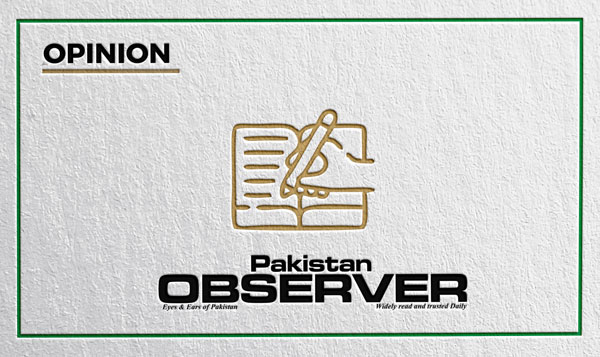Articles and letters may be edited for the purposes of clarity and space.
Social media’s reckoning
Australia has taken a bold step to curb social media’s pervasive influence on teenagers, sparking global attention on how other countries might follow suit. On Thursday, the Australian Prime Minister announced plans to ban children under 16 from accessing social media platforms, asserting that platforms like Facebook, TikTok and Snapchat are causing real harm to young people.
Under the proposed law, social media companies, not underage users, would bear responsibility if they fail to implement reasonable measures to prevent children’s access. This initiative appears to be a necessary step forward.
Since the early 2000s, social media has grown at breakneck pace, bringing profound changes to society. Two decades in, we’re only beginning to comprehend its impact, particularly on young people and to recognise the problems are numerous and clear. The endless stream of bite-sized content on platforms like Instagram Reels, TikTok, and Snapchat has conditioned younger generations to crave instant gratification, reducing their ability to focus on longer content and develop critical thinking skills.
Unregulated social media allows easy access to harmful content, including explicit material, drugs and violence, making the case for restrictions even stronger. Compounding this, social media platforms exploit their massive reach by targeting impressionable teenagers with ads for potentially harmful products, from tobacco to the increasingly popular e-cigarettes, or vapes. Australia could set a valuable precedent for other countries to follow.
While social media can be a powerful tool, perhaps it should be introduced only when children have had time to develop in a balanced social environment and cultivate critical thinking skills. It is the urgent need for responsible policymaking to counteract downsides of social media.
MUNAWAR SIDDIQUI
Lahore
Child labour concerns
I am writing to bring attention to the grave issue of child labour that continues to plague our society. Despite various laws and regulations aimed at eradicating this practice, countless children are still forced into labour, depriving them of their childhood, education and a chance for a better future. This is a serious human rights violation that demands immediate action and awareness.
Child labour not only affects the physical and mental development of children but also perpetuates the cycle of poverty. Many of these children work in hazardous conditions, often for very little pay which exposes them to exploitation and abuse. Furthermore, their lack of access to education limits their opportunities for growth and advancement, ultimately affecting the entire community’s socio-economic development.
It is crucial for us as a society to unite against child labour and advocate for the rights of these vulnerable children. I urge the government, NGOs and the public to collaborate on initiatives that provide education and support to families in need, ensuring that every child has the opportunity to learn and thrive without the burden of labour.
TAYYAB SAMEER
Karachi
Uniform retirement age limit
Pakistan has been facing severe financial pressure for a long time. Every year, thousands of government employees get retired due to the age limit of 60 years. In such a situation, the government has to give a huge amount as gratuity to the retired government employees, due to which the financial pressure on the government departments increases. So, to reduce this financial pressure, the government announced to increase the retirement age of government employees from 60 years to 63 years a few months ago.
By raising the age limit to 63 years, the government will not have to pay billions of rupees as gratuity to the retired employees for another three years. Thus there will be no financial burden on the national treasury for three years. In this way, the government will also be able to utilize the services of those employees who are healthy and mentally fit and available to perform their services despite the upper age limit being 60 years.
But it has been seen that the government is not following its own made announcement and those employees who do not want to get retired after reaching the age limit of 60 years and continue their services while being physically and mentally fit are aspiring to be retired. The government has to come out of this dilemma and devise a clear policy so that the government employees can also come out of the state of confusion and make decisions about their remaining life and responsibilities.
NAVEED AMAN KHAN
Islamabad










